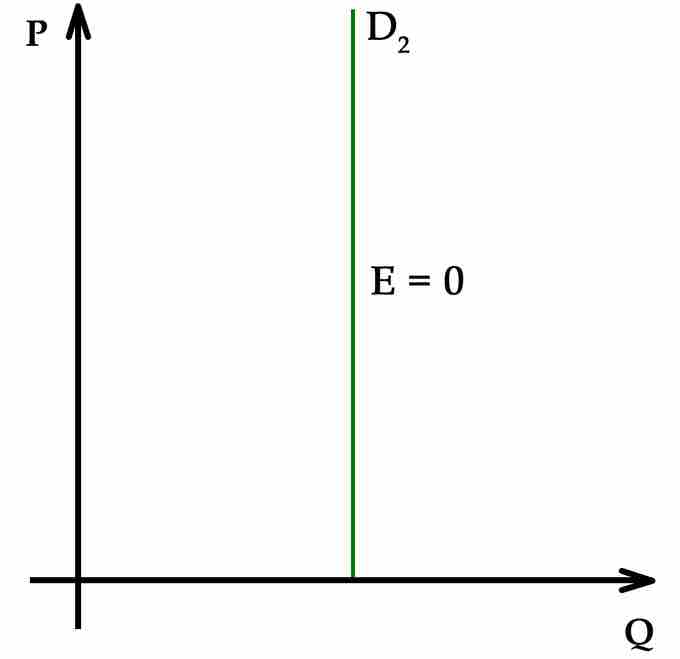The price elasticity of demand (PED) is a measure of the responsiveness of the quantity demanded of a good to a change in its price. It can be calculated from the following formula:
When PED is greater than one, demand is elastic. This can be interpreted as consumers being very sensitive to changes in price: a 1% increase in price will lead to a drop in quantity demanded of more than 1%.
When PED is less than one, demand is inelastic. This can be interpreted as consumers being insensitive to changes in price: a 1% increase in price will lead to a drop in quantity demanded of less than 1%.
The effect of price changes on total revenue PED may be important for businesses attempting to distinguish how to maximize revenue For example, if a business finds out its PED is very inelastic, it may want to raise its prices because it knows that it can sell its products for a higher price without losing many sales. Conversely, if a business finds that its PED is very elastic, it may wish to lower its prices. This would allow the business to dramatically increase the number of units sold without losing much revenue per unit.
There are two notable cases of PED. The first is when demand is perfectly elastic. Perfectly elastic demand is represented graphically as a horizontal line . In this case, any increase in price will lead to zero units demanded.

Perfectly Elastic Demand
Perfectly elastic demand is represented graphically by a horizontal line. In this case the PED value is the same at every point of the demand curve.
The second is perfectly inelastic demand. Perfectly inelastic demand is graphed as a vertical line and indicates a price elasticity of zero at every point of the curve. This means that the same quantity will be demanded regardless of the price.

Perfectly Inelastic Demand
Perfectly inelastic demand is graphed as a vertical line. The PED value is the same at every point of the demand curve.
Since PED is measured based on percent changes in price, the nominal price and quantity mean that demand curves have different elasticities at different points along the curve. Elasticity along a straight line demand curve varies from zero at the quantity axis to infinity at the price axis . Below the midpoint of a straight line demand curve, elasticity is less than one and the firm wants to raise price to increase total revenue. Above the midpoint, elasticity is greater than one and the firm wants to lower price to increase total revenue. At the midpoint, E1, elasticity is equal to one, or unit elastic.

Elasticity and the Demand Curve
The price elasticity of demand for a good has different values at different points on the demand curve.